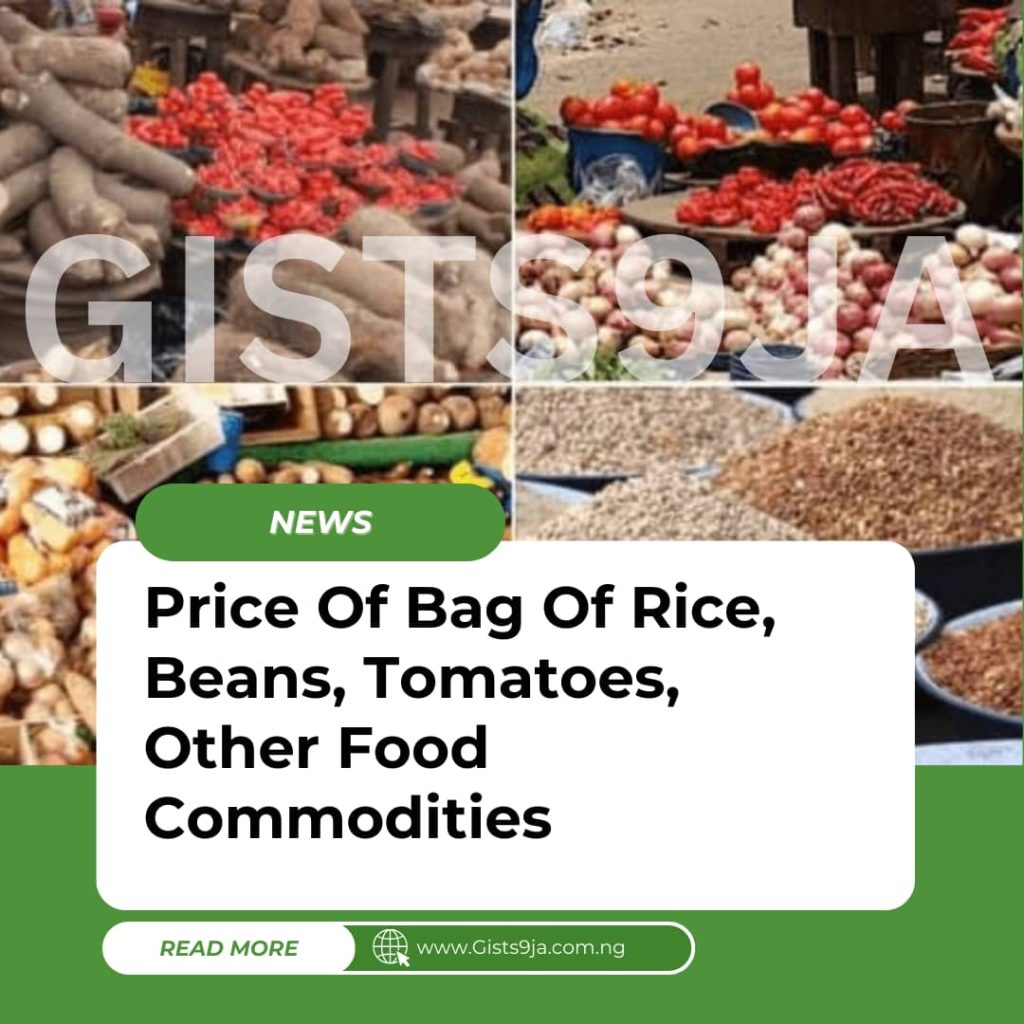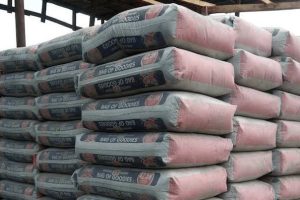
As of mid-February 2025, Nigeria continues to face soaring food prices, placing immense pressure on household budgets and worsening food insecurity nationwide.
The cost of staple commodities such as rice, beans, and tomatoes has surged significantly, exacerbating the financial burden on millions of citizens.
Surging Prices of Staple Foods
Rice Prices Hit Record Highs
The price of rice has escalated sharply, making it increasingly difficult for many Nigerians to afford this staple. By the end of 2024, a 50-kilogram bag of rice was priced at approximately ₦75,000 in Lagos and as high as ₦99,000 in Abuja.
Several factors have contributed to this sharp increase, including:
- Currency Devaluation – The weakening of the naira has made imported rice and agricultural inputs more expensive.
- Fuel Subsidy Removal – Higher transportation costs have further driven up food prices.
- Domestic Production Challenges – Flooding and security concerns in key rice-producing states have disrupted local supply chains, leading to reduced availability and higher prices.
Rising Costs of Beans and Other Legumes
Beans, a crucial protein source for Nigerian households, have also seen a steady price increase across the country. Although prices vary by region, the overall trend indicates a sharp rise, driven by:
- Increased Transportation Costs – Higher fuel prices have made food distribution more expensive.
- Supply Chain Disruptions – Insecurity in farming areas has disrupted production and supply.
- General Inflation – The broader economic downturn has affected both production and distribution costs.
Tomatoes and Perishable Goods Affected by Seasonal Fluctuations
Tomatoes and other perishable goods have not been spared from price instability. Seasonal fluctuations, post-harvest losses, and logistical challenges have made supply inconsistent. Consumers, particularly in urban areas where demand is high, report paying significantly more for tomatoes than in previous years.
Key Factors Driving Food Price Inflation
- High Inflation Rate – Nigeria’s inflation rate reached 32.70% in September 2024, with food and energy costs rising sharply due to policy changes such as subsidy removals and currency devaluation.
- Depreciating Naira – The continuous decline of the naira has increased the cost of imported goods and agricultural inputs, making food production more expensive.
- Insecurity and Climate Change –
- Persistent conflicts in key farming regions have reduced agricultural output.
- Flooding and erratic weather patterns have further affected crop yields, leading to food shortages.
Impact on Households
The ongoing surge in food prices has intensified hunger and malnutrition across Nigeria. Reports indicate that two out of three Nigerian households now struggle to afford daily meals. Many families have been forced to:
- Adjust their diets by reducing portions or eliminating certain foods.
- Skip meals entirely, particularly in low-income households where food expenses make up a significant portion of their budget.
- Turn to cheaper but less nutritious alternatives, increasing the risk of malnutrition.
Current Prices of Key Food Commodities
| Commodity | Current Price |
|---|---|
| Rice (50kg bag) | ₦75,000 – ₦90,000 |
| Beans (50kg bag) | ₦78,000 – ₦85,000 |
| Tomatoes (basket) | ₦55,000 |
| Yam (per tuber) | ₦3,000 – ₦4,000 |
| Palm Oil (25Litre container) | ₦50,000 |
Conclusion
The persistent rise in food prices underscores the urgent need for government intervention and policy reforms to stabilize the economy. Addressing issues such as insecurity, currency instability, and high transportation costs will be critical in ensuring that essential food items remain affordable for the average Nigerian.
Without decisive action, the cost of living crisis could continue to worsen, leaving millions of Nigerians struggling to meet their basic nutritional needs.





